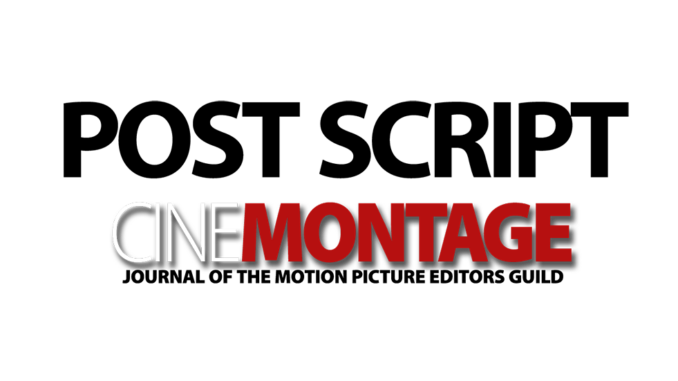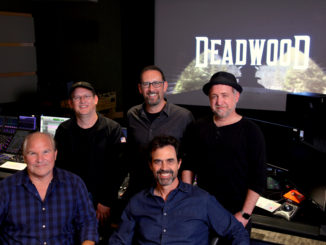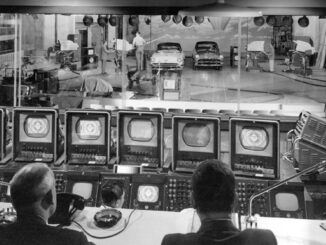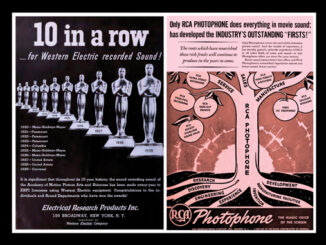
by Tomm Carroll
“Editing a film is making the film as much as shooting it or writing it is.”
Woody Allen told me that when I interviewed him in 1996 for DGA Magazine, for which I served as editor. The occasion was the Directors Guild of America bestowing upon the filmmaker its prestigious D.W. Griffith Award for Lifetime Achievement.
When asked if he is heavily involved in the editing process of his films, he responded, “Totally. I can’t imagine it when a director tells me that he’s finished a film and goes away to let an editor edit it, and then comes back to look at it. I could never not be there with the editor, working on every frame of the film.”
It’s long been one of my priorities at CineMontage to publish an interview with Allen’s picture editor. And given his longtime working relationships with his editors (having collaborated with only two for the last 40 years), that would be Alisa Lepselter, ACE, who is closing in on two decades as the filmmaker’s sole editor.
Writer Peter Tonguette and I have been trying to wrangle Alisa for an interview annually since early 2014 (as the director releases a film a year), and finally the stars aligned in 2017, and she agreed. Fortunately, it coincides with the December release of Wonder Wheel from Amazon Studios, Allen’s strongest film in a long while.
Accompanying that cover story, Tonguette also rounded up the surviving members of the exclusive “Woody’s Editors Club” (Susan E. Morse, ACE; Wendy Greene Bricmont, ACE; and Ron Kalish, along with previously published comments from the late Ralph Rosenblum, ACE) to provide a perspective from the cutting rooms of Allen’s films for the last half of a century.
Disclaimer: The accomplishments of the editors of Woody Allen’s films have nothing to do with — and should not be disqualified for appreciation in the pages of CineMontage by — the indiscretions and accusations in the filmmaker’s personal life.
Elsewhere in this issue, Kevin Tent, ACE, discusses Downsizing — his latest film for longtime collaborator Alexander Payne, which opens December 22 through Paramount Pictures — with writer Steve Hullfish, who also asks him about his career path as well as how he edits performances and offsets the varying tones of Payne’s new movie.
Balance was also the key concern of supervising sound editor/sound designer and re-recording mixer Leslie Shatz and picture editor Affonso Gonçalves, ACE, on Todd Haynes’ dreamy and multi-layered Wonderstruck, which opened in October through Amazon Studios. Writer Rob Feld talks to the pair — both veterans of Haynes’ films — about the challenges they faced, and the solutions they reached, to bring the adaptation of Brian Selznick’s eponymous 2011 novel to the big screen.
Meanwhile, writer Mel Lambert visited the machine shop at the Disney studios in Burbank to interview the company’s team of cinetechnicians: Gary Broggie, George Rowland and Daniel Quiroz. They support the post-production departments by keeping their gear up to date, including ADR Stage B, where mixer Doc Kane, CAS, and his recordist/editor Jeannette Browning Hernandez rely on them for the design and implementation of their specialized equipment needs.





